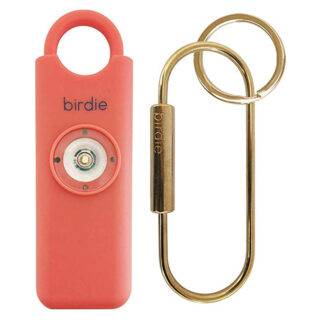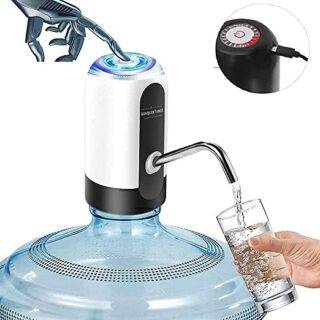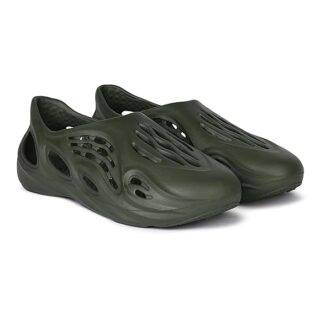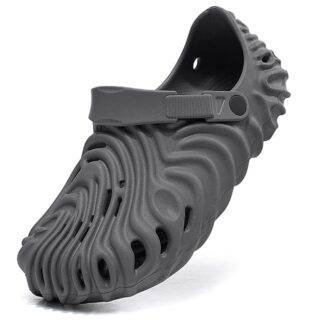Table of Contents
ToggleIntroduction

Tennis dampeners are small pieces of silicone or rubber that are attached to the strings of a tennis racquet. They are designed to reduce the vibrations that travel up the racquet and into the player’s arm when they hit a ball.
Dampeners have been around for many years and are used by players of all levels, from beginners to professionals. However, there is some debate about whether they are actually beneficial. Some players believe that dampeners can help to reduce arm fatigue and prevent injuries, while others believe that they have little to no effect.
Benefits of tennis dampeners
Here are a few potential benefits of using tennis dampeners:
1. Reduced vibration: Dampeners can help to reduce the vibrations that travel up the racquet and into the player’s arm. This can be beneficial for players who are prone to arm fatigue or injuries.
2. Improved comfort: Some players find that dampeners make their racquet more comfortable to hold and hit with. This is especially true for players who have small hands or who use a stiff racquet.
3. Reduced noise: Dampeners can also help to reduce the noise that the racquet makes when it hits the ball. This can be beneficial for players who play in quiet environments, such as indoor courts.
Drawbacks of tennis dampeners
There are also a few potential drawbacks to using tennis dampeners:
1. Reduced ball feel: Some players find that dampeners reduce their ball feel. This is because the dampeners absorb some of the energy from the ball, which can make it more difficult to gauge the speed and spin of the ball.
2. Weight: Dampeners add a small amount of weight to the racquet. This can be a problem for players who are sensitive to weight changes in their racquet.
3. Cost: Dampeners can be relatively expensive, especially if you buy them from a major brand.
Do professional tennis players use dampeners?
Yes, many professional tennis players use dampeners. However, there are also many professional players who do not use dampeners. It really comes down to personal preference.
Whether or not professional tennis players use dampeners is a matter of personal preference. Some players believe that dampeners help reduce the vibrations transmitted to their arm, providing a slightly softer feel upon ball impact and a more muted sound to the racket. Others prefer the natural feel and sound of the racket without dampeners.
According to a study by Racquet Inc., 58% of the top pros on the men’s ATP Tour use dampeners, while 42% do not.
On the women’s WTA Tour, a staggering 76% of players use dampeners, while only 24% do not.
Of the top 20 players in the world, only Roger Federer and David Ferrer do not use dampeners.
Here are some insights into what professional tennis players have said about dampeners:
Roger Federer: “I prefer the feel of the racket without a dampener. I like to feel the vibration of the ball through the strings.”
Rafael Nadal: “I used to use dampeners, but I don’t anymore. I think they make the racket feel a little dead.”
Serena Williams: “I use dampeners because they help reduce the shock on my arm. I’m also not a fan of the way the racket sounds without them.”
Novak Djokovic: “I’ve gone back and forth on whether or not to use dampeners. I think it depends on the racket and the strings I’m using.”
Ultimately, the decision of whether or not to use dampeners is up to the individual player. There is no right or wrong answer, and it is important to experiment with different dampeners and string setups to find what works best for you.
Should you use a tennis dampener?
Whether or not you should use a tennis dampener is a personal decision. If you are experiencing arm fatigue or injuries, or if you simply prefer the feel of a racquet with a dampener, then I recommend giving them a try. However, if you are happy with the way your racquet feels without a dampener, then there is no need to use one.
Tips for choosing a tennis dampener
If you decide to try using a tennis dampener, there are a few things you should keep in mind when choosing one:
- Material: Dampeners are typically made of silicone or rubber. Silicone dampeners are more durable and have a longer lifespan, but they can be more expensive. Rubber dampeners are less expensive, but they may not last as long.
- Shape and size: Dampeners come in a variety of shapes and sizes. Choose a dampener that fits comfortably on your racquet and that does not interfere with your swing.
- Price: Dampeners can range in price from a few dollars to over $10. Choose a dampener that fits your budget and that meets your needs.
Conclusion
Tennis dampeners are a personal preference. If you are experiencing arm fatigue or injuries, or if you simply prefer the feel of a racquet with a dampener, then I recommend giving them a try. However, if you are happy with the way your racquet feels without a dampener, then there is no need to use one.
REFERENCE: Wikipedia
FAQ's
When Was Tennis Invented?
Tennis is thought to have originated in France in the 12th century, but the modern game of lawn tennis was invented in England in the 1870s.
How Long Is a Tennis Match?
the average length of a best-of-three set tennis match is about 90 minutes, while the average length of a best-of-five set tennis match is about 2 hours and 45 minutes.
What Is The Longest Tennis Match?
The longest tennis match ever played lasted for 11 hours and 5 minutes and was contested between John Isner and Nicolas Mahut at the 2010 Wimbledon Championships.











Leave a Reply